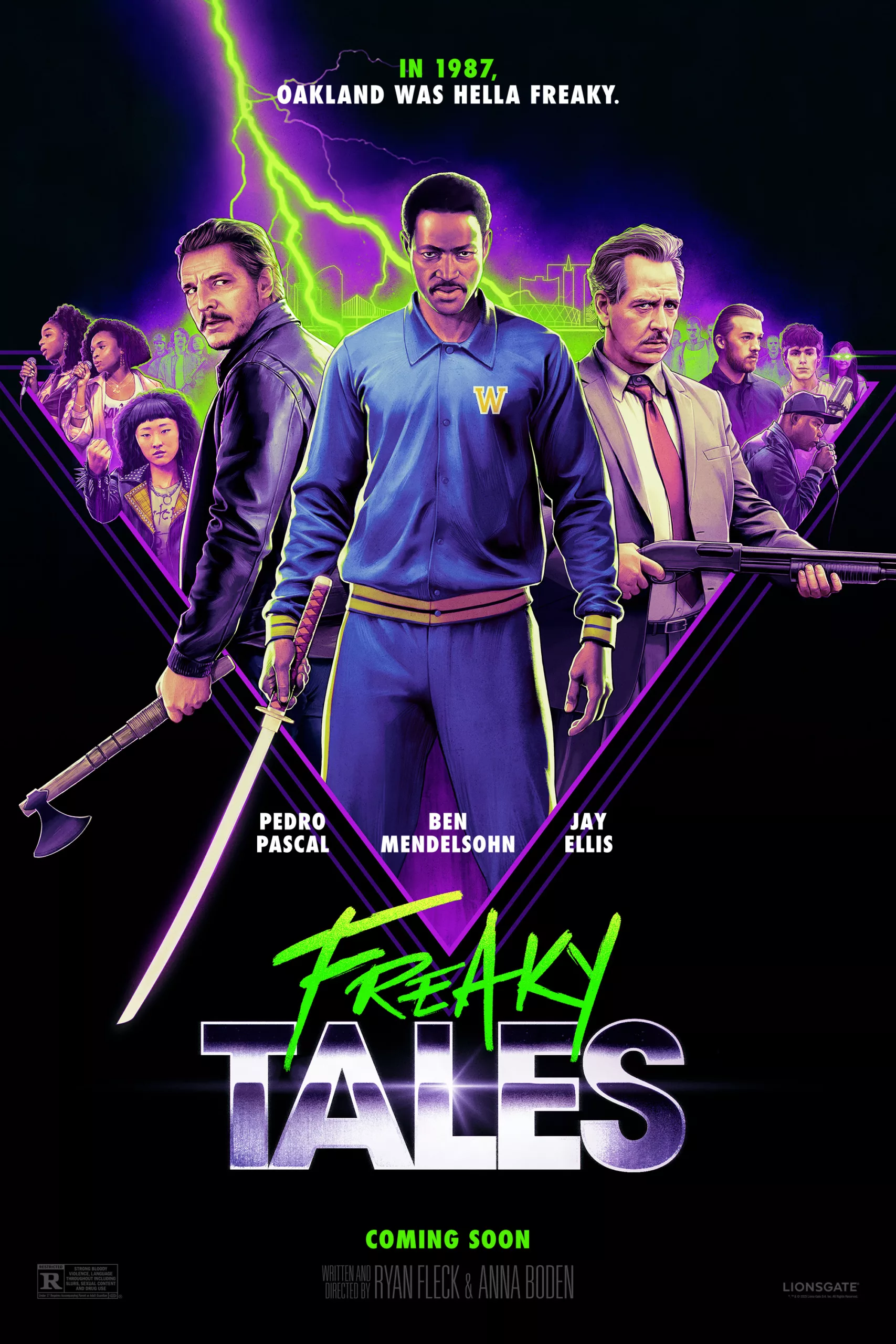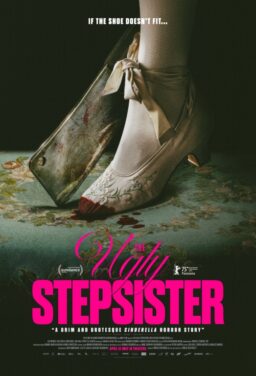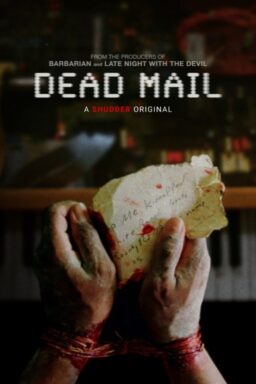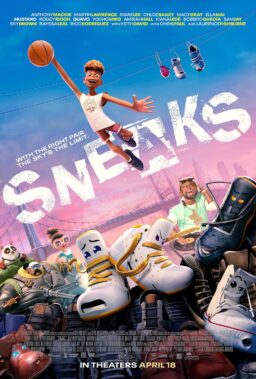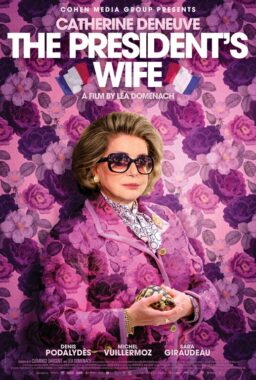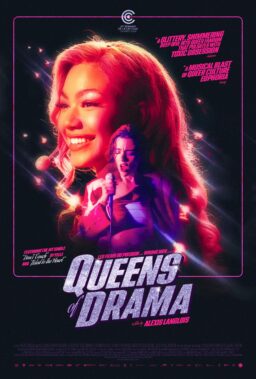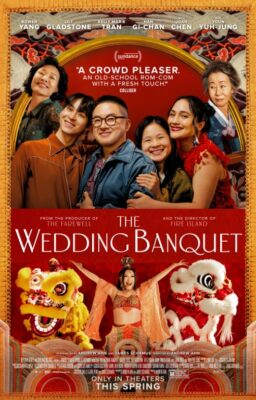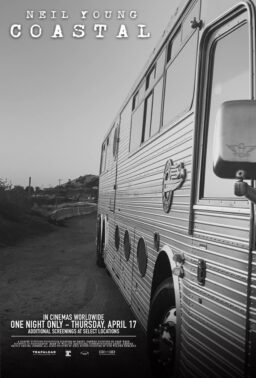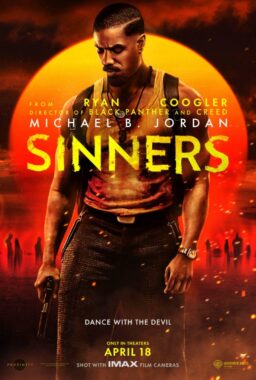Where were you on the night of May 10, 1987?
If you’re a longtime Golden State Warriors fan, you’ll remember it vividly: That’s when Warriors guard Sleepy Floyd dropped a record 29 points in the fourth quarter alone on the Los Angeles Lakers during the NBA playoffs. It inspired the jubilant call from radio announcer Greg Papa: “Sleepy Floyd is Superman!” And it inspired writer-director Ryan Fleck, alongside his filmmaking partner Anna Boden, to make “Freaky Tales.”
This four-part anthology is a tribute to Oakland, Calif., to the historic Grand Lake Theatre, to rapper Too $hort, whose song “Freaky Tales” gives the movie its title. It revisits the punk bars and hip-hop clubs of Fleck’s East Bay youth, perhaps as they never truly were but as he remembers them. And that’s the key to the movie’s shaggy energy: It features real people, places and events, but as a bizarro, fantasy version of them.
Rapper Symba plays Too $hort on stage, but then Too $hort himself is also in the film. “Top Gun: Maverick” co-star Jay Ellis plays Sleepy Floyd, but then Floyd himself makes a brief cameo. This meta approach can be a lot of fun, and it reaches its peak in the third segment when a major, A-list star appears as a video store owner, playfully making suggestions and asking customers trivia questions. I’d like a whole movie of that, right now, please.
As is the case with all anthologies, some segments are stronger than others. The intentionally loose vibe will be a feature or a bug, depending on your perspective. The chapters don’t always intertwine or overlap all that cleverly. And a running bit about a supernatural force that connects everyone in the form of bright green lightning bolts feels flimsy. But the scratchy, VHS-quality visuals and cheesy graphics of the film’s opening suggest that we shouldn’t take any of this too seriously, but rather enjoy the lo-fi, ‘80s nostalgia trip. And a scrappy, underdog enthusiasm is unmistakable throughout.
This is Boden and Fleck’s return to intimate, indie filmmaking—movies like “Half Nelson,” which earned Ryan Gosling his first Oscar nomination, and “Sugar,” one of the best baseball movies ever—following 2019’s “Captain Marvel” and some dips into prestige television. You can see how they took those big-budget experiences and applied them on a smaller scale here, starting with the first segment.
Chapter one follows a bunch of young people as they endure a vicious skinhead attack on their underground punk club, then plot their bloody revenge. A sign on the front door at Gilman Street says there’s no tolerance for racism, sexism or homophobia in this place: Everyone is welcome. This assault feels personal, and for viewers watching today, it unfortunately still feels relevant. An appealing and determined Ji-young Yoo and Jack Champion lead the clubgoers in their quest for retribution.
The second segment sadly feels the least fleshed out: It features friends and aspiring rappers Barbie (Dominique Thorne) and Entice (Normani) as they toil away at an ice cream shop, awaiting their moment in the spotlight. Ben Mendelsohn, co-starring in his third Fleck-Boden feature, provides a menacing presence as a corrupt, racist cop who goes out of his way to stop by and torment them. But the women get their chance to shine when they take on Too $hort in a rap battle at a club where the Sleepy Floyd game is playing on the TV behind the bar. Thorne and Normani have a buoyant chemistry with each other, but their story feels thin.
Part three, by comparison, has the greatest emotional stakes (and another visit by Mendelsohn). Pedro Pascal plays Clint, a world-weary debt collector. His wife (Natalia Dominguez) is pregnant and due any day now, so this assignment is supposed to be the classic, one-last-job. It does not go as planned. While this segment is the darkest and most substantial of the four—and Pascal is always so good at conveying the weight of his tormented characters—it also features some welcome bright moments, including a scene in which an enterprising young man sells Clint a mix tape filled with Bay Area artists.
Finally, we get to Sleepy Floyd himself in chapter four—or rather, a heightened portrayal of Sleepy Floyd, in which he literally becomes a superhero. This unabashed homage to Quentin Tarantino (and, by extension, the myriad filmmakers who influenced him) is a wildly bloody extravaganza of gore with some elaborate fight choreography and visceral kills. In his final film role, the late Angus Cloud is among the skinheads who have the misfortune of finding themselves in Floyd’s path. And, as in the opening chapter, it is enormously satisfying watching Nazis get their asses kicked.


